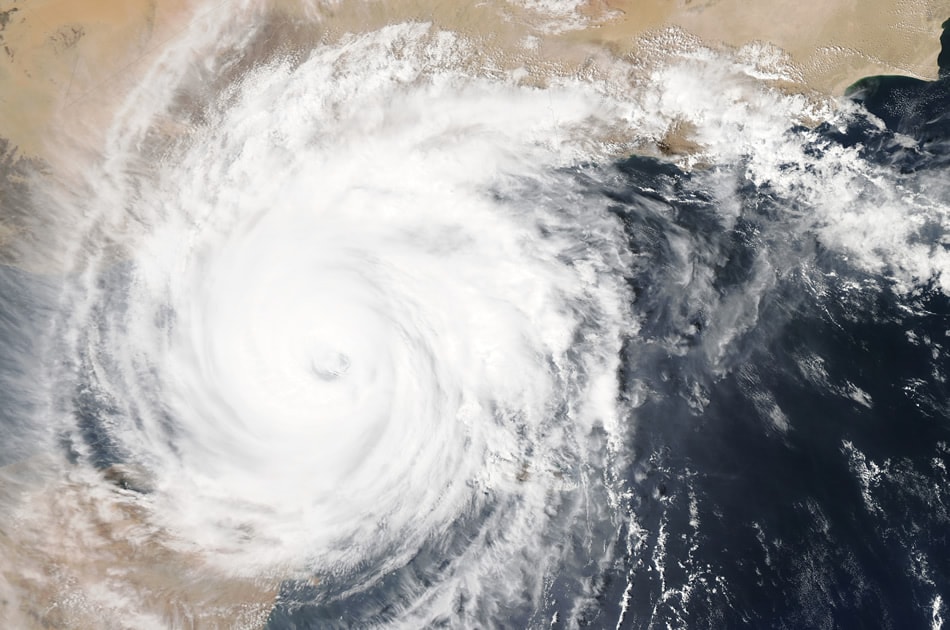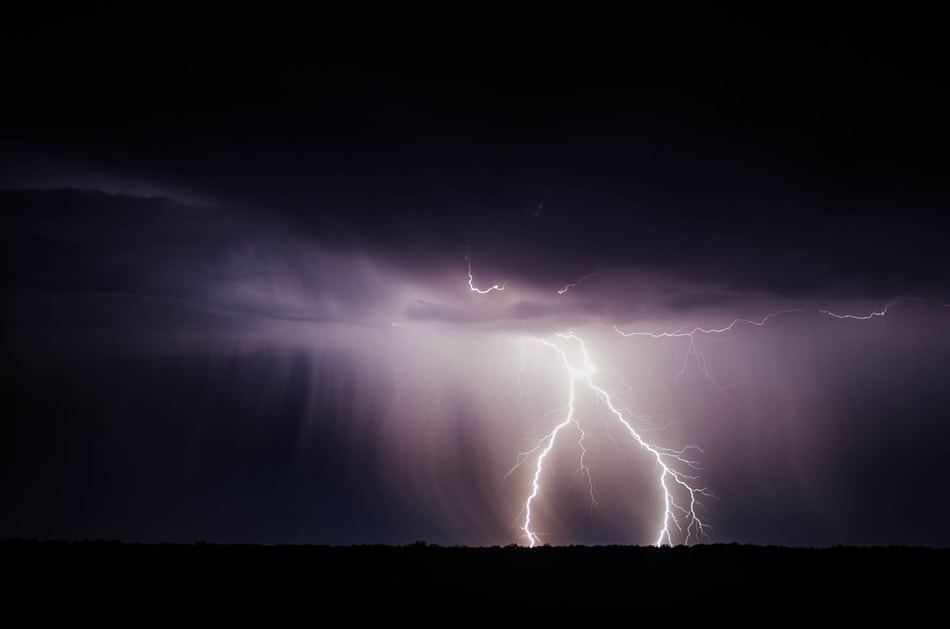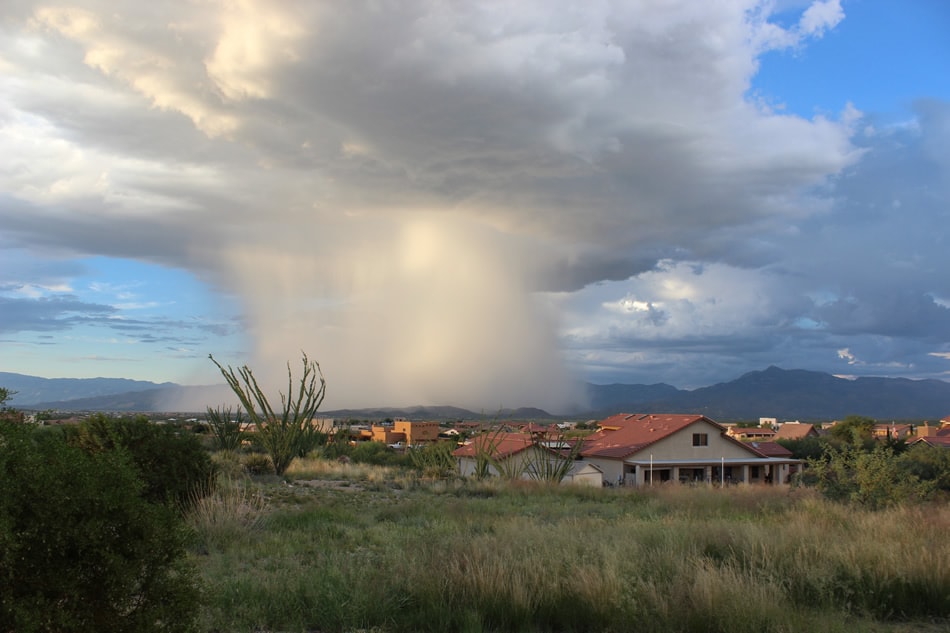How to Gear up for Shooting in Extreme Conditions
Some photographers will go to any length for a good shot. They risk sickness and disease, alienation and even death. These photographers show the world and make viewers question what it means to be part of this planet, this life.
However, extreme photographers need equipment built for extreme conditions. The right equipment is literally the difference between life and death when you seek out the most extreme conditions on earth. Here’s a look at the best equipment for photographers who go that extra mile.

Consider the Conditions
If travel photography is your goal, make a list of all the countries you’ll visit. Outline the climates you suspect you’ll find yourself in, then plan accordingly.
For instance, Cotton Coulson and Sisse Brimberg have been photographers for National Geographic magazine for the last three decades. They have shot in a wide variety of weather conditions and have seen it all.
As you know, photography in extreme cold raises its own unique difficulties. This husband-and-wife duo recommends robust batteries for your camera, as the cold temperatures drain batteries quickly. If a battery drains prematurely, warm it up in a jacket packet or even under an armpit.
Never forget a good chamois lens cleaner. In extreme conditions, you never know when you’ll need a lens wipe down so that your shots are crystal clear.
The Right Clothing
Some say there’s no such thing as bad weather, just bad clothing. Without the right rain gear, snow pants, or a breathable jacket, weather can make it impossible to get the shots you truly desire.
GORE-TEX equipment might be pricey, but it’s the best breathable material on the market. Whether you’re camped out in a jungle with rain lashing down or in the frigid desert of Mongolia, breathable outerwear is a must.
Storm Chasers
Storm chasers are some of the biggest thrill seekers among us photographers. They deliberately put themselves in harm’s way for shots of destructive elements that are, by nature, unpredictable.

A DSLR camera is at the top of the list for storm chasers, as well as a polarizing filter, which gives clouds more depth, instead of a washed-out look. A waterproof case is a must, as rain can strike suddenly, and a sturdy, yet a mobile tripod should be utilized to obtain the best shots.
Marko Korošec, is a Slovenia-based storm chaser who has won awards from the National Geographic Foundation for his storm chaser photography. Check out his day-in-the-life post of storm chasing for examples of what’s possible in extreme conditions.

Temperate Climate Photography
While the demand on your body and equipment isn’t nearly as strenuous closer to the equator, you still face challenges. Before you leave for the day, soak a towel in water, and ring it out so it doesn’t drip. When you’re in the car or your camera is not in use, place the towel over your lens. This keeps the dust off in the morning.
When you shoot from a vehicle, it can be difficult to find a steady place for your lens to rest. A solid beanbag is a great option, which you can make at home, though the Kinesis SafariSack is made specifically for this purpose.
